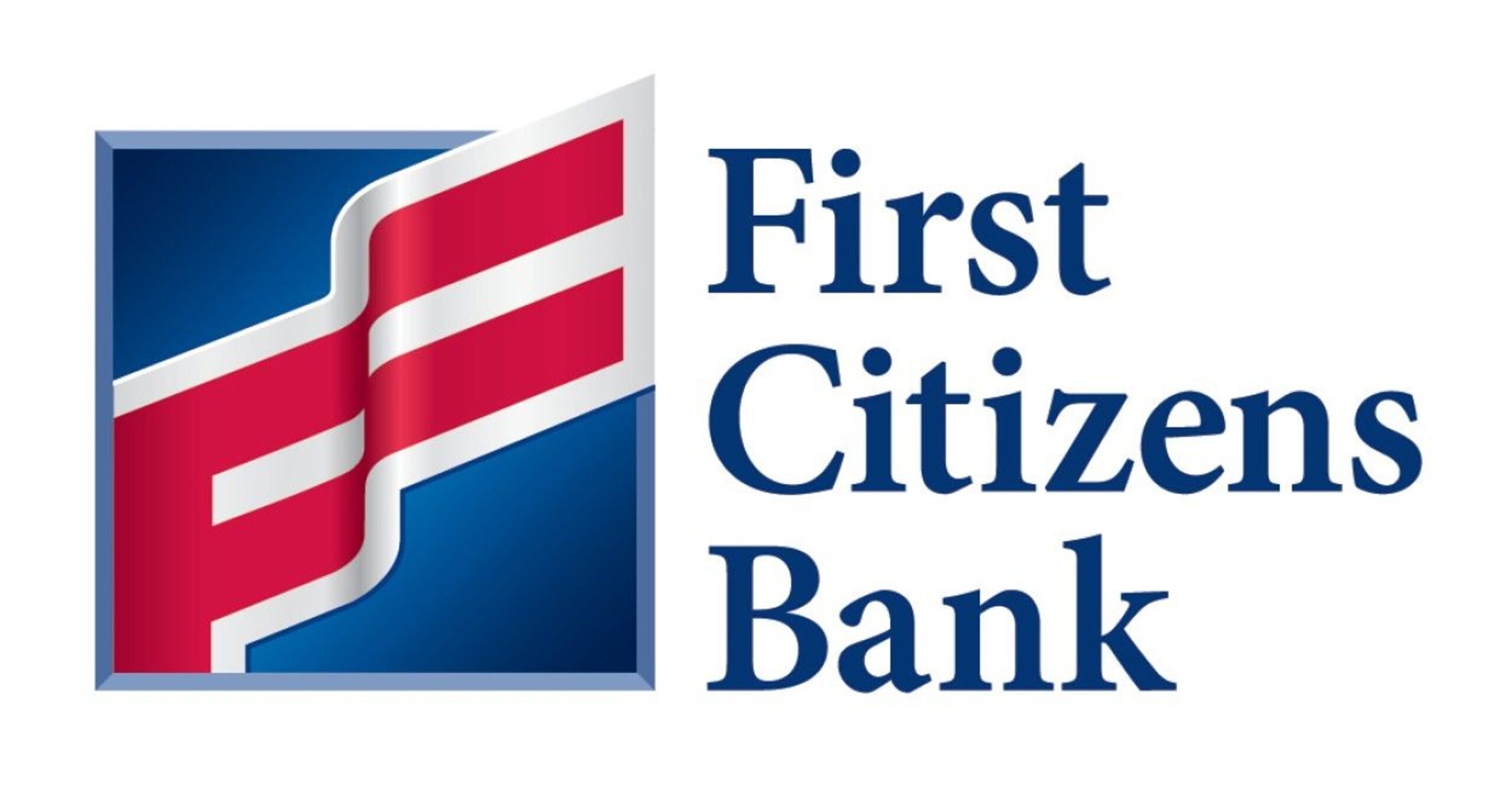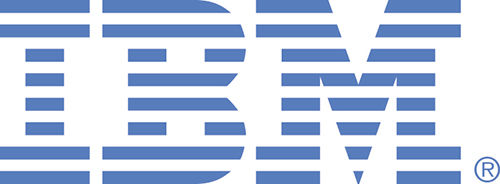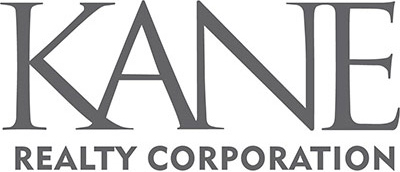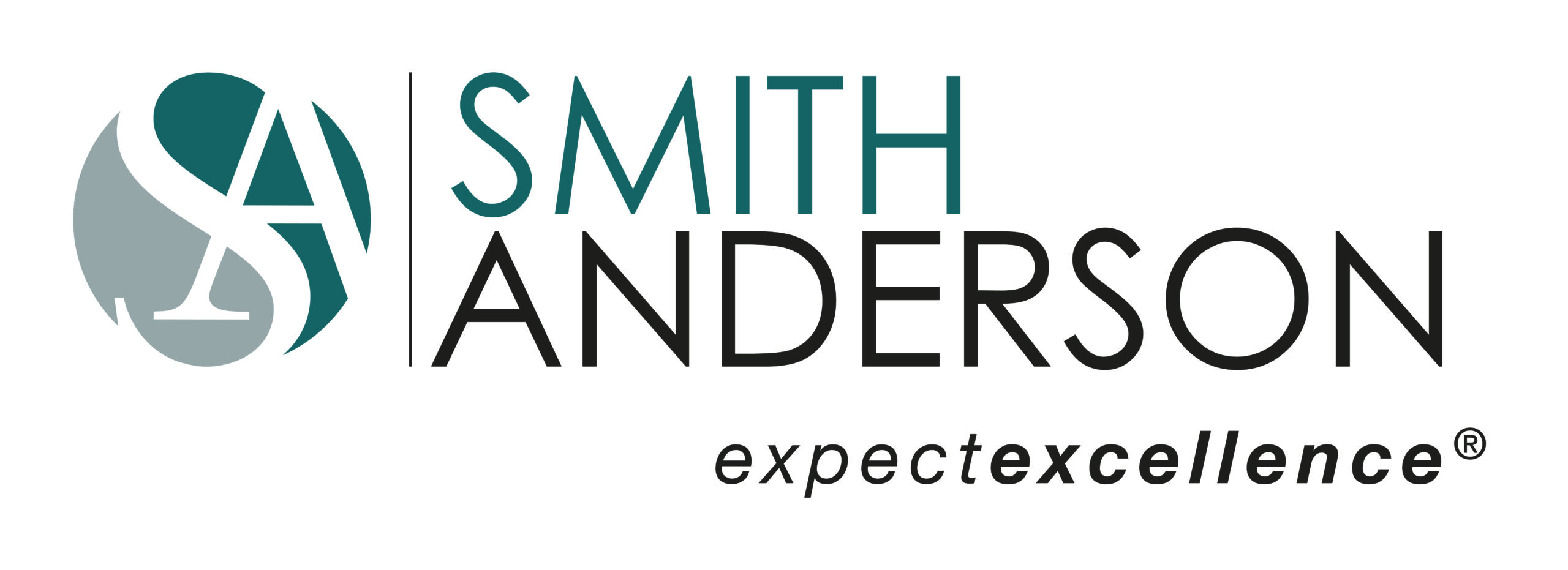Crossing over to a new interchange design
- December 2, 2021
- Posted by: Joe Milazzo II
- Category: Blog
We are all generally familiar with various freeway interchanges in our travels.
One type is the ubiquitous “diamond” interchange, with basic off- and on-ramps, and typically traffic signals where the ramps exchange with the crossing roadway.
Another is a “cloverleaf”, with loops for left turns, like the one at I-40/I-440/US 1/US 64 in southwest Raleigh/east Cary.
Both the “diamond” and “cloverleaf” names are based on how the shape of the interchange ramps appears from the sky.
Other types of interchanges include “roundabout” interchanges; we only have a few of those in our immediate market, including Turnpike 540 in Cary at Morrisville Parkway, along future I-885/US 70 in east Durham at Carr Road.
Last month, NCDOT opened the first of a new type of interchange in our region. The official name is a “diverging diamond”, and the updated exchange of I-440 with Western Blvd. in Raleigh is definitely an unusual design compared to others in our area. The opposing traffic directions crisscross each other at grade at traffic signals on either side of the freeway, which might seem strange, but a benefit is that this greatly simplifies left turns to and from the ramps.
The signals at the crossovers are simple ones — they only have two “phases”. The design also makes travel safer, by reducing the number of conflict points.
While Western Boulevard is our first of this design in our area, it won’t be the last. The ongoing reconstruction of the I-40 Airport Boulevard interchange will create a diverging diamond, as will the reconstruction of I-40 at NC 42 in Johnston County. In fact, North Carolina already has seen more than a dozen diverging diamonds open since 2014 — and NCDOT has a great visualization here.
I frequently refer to the concept as simply a “crossover” or “crisscross” interchange, in addition to the official “diverging diamond” name. Whatever you call it, I find it to be an effective solution at freeway exchanges where there are a lot of turning movements and at least some imbalance in the flows for the through traffic crossing the freeway. (Where traffic on the non-freeway road is roughly equal in both directions, with limited turning movements to/from the freeway, this would typically not be the preferred interchange type.)
Over time, we will get increasingly used to the design, and also there may be some signal timing improvements and/or signage enhancements that occur at each of our locations as we gain experience.
This is one more innovation in our mobility toolkit — and I am glad to see it here in our Triangle.
Let’s get moving,
Joe Milazzo II, PE
RTA Executive Director
RTA is the voice of the regional business community on transportation
www.letsgetmoving.org

























